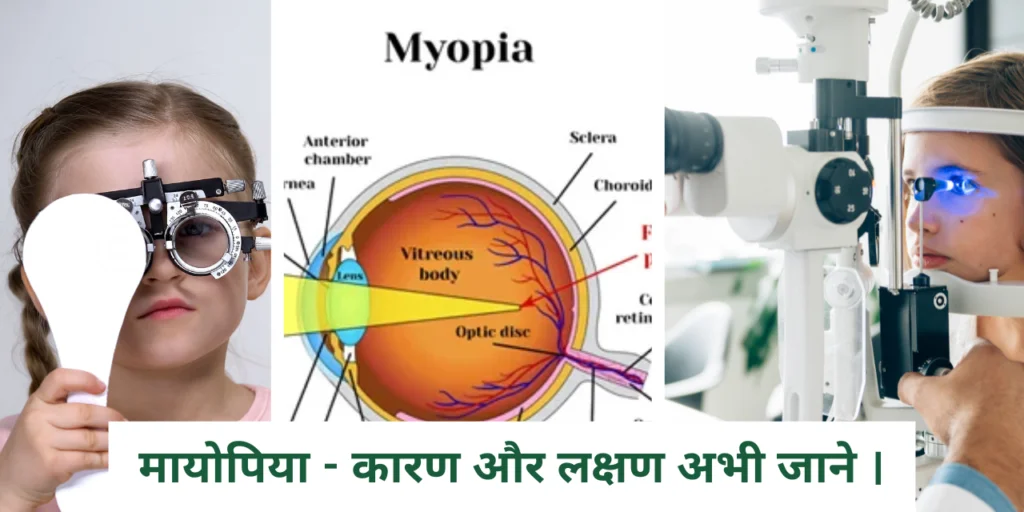
Gallbladder surgery, or cholecystectomy, has undergone significant advancements in recent years, transforming the landscape of patient care and surgical practices. This vital organ, responsible for storing bile produced by the liver, often requires removal due to conditions such as gallstones or inflammation. Innovations in technology and surgical techniques have played a pivotal role in making gallbladder surgery safer, more efficient, and less invasive.
Laparoscopic Surgery:
One of the most revolutionary changes in gallbladder surgery is the widespread adoption of laparoscopic techniques. Traditional open surgery involves a large incision, resulting in longer recovery times and increased risk of complications. Laparoscopic surgery, however, utilizes small incisions through which a tiny camera and specialized instruments are inserted.
This minimally invasive approach offers several benefits, including reduced pain, quicker recovery, and smaller scars. Patients undergoing laparoscopic cholecystectomy often experience shorter hospital stays and can resume their normal activities sooner than those undergoing open surgery.
Single-Incision Laparoscopic Surgery:
Continuing the trend toward minimizing invasiveness, single-incision laparoscopic surgery has gained popularity in gallbladder removal. This technique involves making a single small incision, usually in the patient’s navel, through which the laparoscope and instruments are inserted.
The primary advantage of single-incision surgery is cosmetic, as it leaves only a small, hidden scar. While it may not be suitable for all patients, this approach offers a viable option for those concerned about the aesthetic impact of surgery.
Natural Orifice Transluminal Endoscopic Surgery (NOTES):
In a quest for even greater minimally invasive procedures, some surgeons are exploring natural orifice surgery. NOTES involves accessing the gallbladder through natural body openings, such as the mouth, vagina, or rectum, avoiding external incisions altogether.
Although still in the experimental stage and not widely adopted, NOTES holds the potential to revolutionize gallbladder surgery by eliminating visible scars and further reducing recovery times. However, challenges related to infection risk, instrument access, and training for this innovative approach remain to be addressed.
Conclusion:
The landscape of gallbladder surgery has evolved significantly with the advent of innovative techniques and technologies. Laparoscopic surgery, single-incision procedures, and experimental approaches like NOTES represent the cutting edge of modern care. These advancements not only enhance the patient experience by minimizing trauma and accelerating recovery but also contribute to the overall progress of surgical science.
As technology continues to advance, the field of gallbladder surgery is likely to witness further refinements and breakthroughs. The dedication of surgeons like Dr. Kuldeep Mangla from Raffels Hospital, whose commitment to the forefront of medical innovation is exemplified in the pursuit of cutting-edge surgical techniques, underscores the continuous efforts within the medical community to provide safer, more efficient, and patient-friendly solutions for gallbladder-related conditions. Raffels Hospital is Best gallbladder surgery Hospital in Panchkula. For more information, you can visit www.raffelshospital.com to explore the services and expertise offered by Dr. Mangla and his team, contributing to the evolution of modern gallbladder surgery practices.









